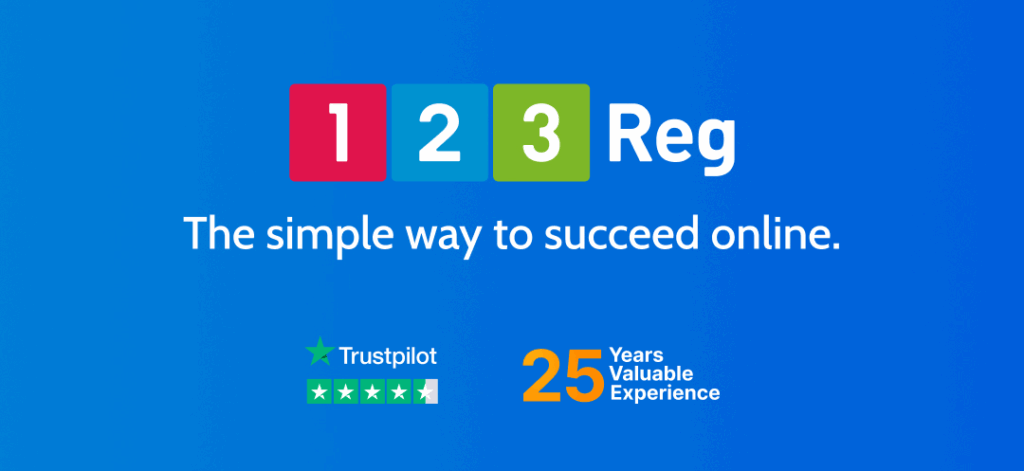No one understands your business like you, but understanding your customers is an entirely different ball game. Even if you have some notion of who they are and how to cater to their needs, the reality is always more complex, which is why it’s worth sifting through the nitty-gritty to understand what exactly makes them tick.
Such a simple task can quickly devolve into an expensive, time-consuming endeavour. That’s why we’ve detailed all the best ways of identifying the right target audience, so that you can hit the ground running. There’s a lot to consider – but it all starts with the right questions.
Why do I need to define my target audience?
Knowing, as they say, is half the battle.
Sure, you could just take a handful of recurring customers and assume they’re the sort of people you should be targeting, but this broad supposition negates any in-depth analysis that might yield high-value results. For example, you’d be missing out on those who chose not to use your services – a huge missed opportunity.
On the other hand, by defining your target audience, you’ll be able to produce a better product line-up as well as a more compelling marketing strategy that appeals to their needs. Win-win!
Another common mistake you can make is not doing enough research or due diligence. If you only perform preliminary studies, this could skew your results, leading to subpar campaigns that don’t go anywhere. Furthermore, you might be pitching yourself to the wrong people, wasting valuable time and resources.
“By defining your target audience, you can create a stronger product line-up and a marketing strategy that truly speaks to their needs – a win-win.”
This isn’t just a one-off exercise either. Businesses are always finding new ways to adapt themselves in the face of changing technologies and economic conditions, so it makes sense that your target audience would also change. Just look at companies like Apple and Lego, which have reinvented themselves to appeal to younger, more modern audiences.
So, where do you start? Well, let’s begin by understanding the difference between your ‘target audience’ and your ‘target market’.
What’s the difference between ‘target audience’ and ‘target market’?
Although they may sound similar, the key difference is that the target audience is a specific part of the target market.
For example, let’s say you run an Italian restaurant. Your target market would be quite broad (i.e. anyone within a 10-mile radius of you), but your target audience could be broken down into food-loving families, romantic couples or local business workers looking for low-cost meals.
Every business wants to cast their net as wide as possible, but the way you market to one demographic might not necessarily work for another. By narrowing your target market down into separate, distinct categories, you can tailor your products, services and marketing strategy accordingly. In the case of our Italian restaurant, you could offer three-course meal deals for parties of 5 or more, or 2 for 1 cocktails for younger couples out on a date night.
That isn’t to say that you should exclude anyone who doesn’t meet your criteria, though – just that your campaigns will have far more impact when they’re geared towards specific audiences.
At the end of the day, only you know what deals will work best for certain customers, which is why it’s so important to determine your target audience. So, let’s roll up our sleeves and see who they are.
How do I identify my target audience?
1) Analyse your current customer base
It goes without saying that your existing customers are an excellent starting point since they’ve already expressed an interest in your business and services. If you haven’t already done so, try to compile as much information as you can about them and identify any recurring trends.
Here are some key details you should try to find out:
- Name
- Age
- Gender
- Location
- How they found you
- What they bought from you
- Are they a repeat customer?
If you can’t determine this information from your sales records, here are some other ways you can gather this data:
Email Marketing: If you’ve got a mailing list, products like SurveyMonkey or Mailchimp allow you to send out fillable forms and surveys requesting this information. Both tools are very easy to use and don’t require any tech skills, plus they offer free starter plans!
Social Media: With the right tools, you can track all manner of things, like impressions, follower growth as well as engagement and conversion rates, helping you to make informed decisions about your marketing campaigns.
While most platforms have built-in analytics tools, we recommend investing in third-party solutions like Sprout Social and Hootsuite, which offer a comprehensive breakdown of these metrics. While you’ll need to splash some cash to reap the full benefits, both tools come with a free demo so you can try them before committing.
See also: Top 8 Social Media Management Tools
Interviews: Though face-to-face interviews are more time-consuming, you’ll get more direct, in-depth and nuanced answers than from an email survey or text message. You don’t have to travel far either, as video conferencing tools like Zoom and Teams have free plans that allow you to host virtual meetings with up to 100 people anywhere in the world.
If, however, you’d rather something more personal, local shows and conventions are an excellent place to start. Be sure to bring questions with you the next time you attend one, in case you bump into any existing customers.
Google Analytics: This free tool can be integrated into your website and social media channels, after which it’ll give you a breakdown of your visitors’ demographics, including their device type and how much time they spend on your website — which could highlight any potential pain points for you to address.
See also: Google Analytics: A Guide For Your Online Business
Once you’ve gleaned this all-important information, you can then move onto the next step of fleshing out your buyer personas.
2) Create detailed buyer personas
Simply put, buyer personas are representations of your average customers – who they are and how they act. By having this outline, you’ll find it easier to know what will and won’t appeal to them.
In addition to basic demographics like name, age and gender, ask yourself questions like what are their hobbies, how tech-savvy are they, are they currently employed, how often do they go out, what kind of music do they like and do they often frequent social media. You might be surprised at how simple questions can uncover insightful results.
Going back to our original example of the Italian restaurant, here’s what your personas could look like:
☐ Persona #1 – Paul Stanley
As the patriarch of a large family, Paul is always on the lookout for local places that offer cheap, tasty meals for those days when no-one can be bothered to cook. Since everyone in the Stanley household has different tastes though, he wants somewhere that has something for everyone.
- Age: 45 years old
- Education: Graduated from college in the 1980s
- Employment: Project Manager, earns around £40k per annum
- Goals: provide for his growing family
- Challenges: finding the right work-life balance
- Interests: football, rugby, DIY
- Preferred Platforms: Facebook and YouTube
☐ Persona #2 – Sandra Bish
Sandra is a busy student who isn’t fussy when it comes to food, often opting for cheap, cheerful meals after a long study day. She’s keen to watch her figure though, so healthier, vegetarian options are often a go-to choice for her.
- Age: 19 years old
- Education: currently studying Law at university
- Employment: none, spends most of her time studying in the library
- Goals: achieve a First Class Honours
- Challenges: preserving mental wellbeing
- Interests: cat videos, fashion, bubble tea
- Preferred Platforms: TikTok and Instagram
☐ Persona #3 – Clive Warren
Clive is something of a workaholic, hopping from meeting to meeting each day and working well into the late hours. There’s nothing he loves more than a great deal, especially when it comes to shopping.
- Age: 28 years old
- Education: no higher education
- Employment: self-employed; earns around £25k per annum
- Goals: maintaining a positive industry reputation
- Challenges: time management
- Interests: stock markets, emerging technologies, fitness
- Preferred Platforms: YouTube and LinkedIn
We recommend reassessing your target audience at least once a year. That way, you’ll ensure that your ad campaigns are still relevant and fully aligned with your customers’ needs.
Every business is different though and if you’re experiencing changes in your market, product/services or customers’ behaviour, it might be worth accelerating this project.
In any case, now that you have a basic outline of your customers, it’s time to look outside your business and into the wider landscape.
3) Conduct market research
No business exercise would be complete without an examination of your competitors’ strategies. While we certainly don’t recommend copying them, it is worth adapting them to suit your needs.
For example, you could sift through your competitors’ reviews or social media feeds for any negative reviews to see what they’re doing wrong and then decide whether you can change your business model to incorporate these points.
It’s also worth asking yourself these questions:
✔ What are their key demographics?
✔ What are their latest promos?
✔ What hashtags and keywords do they use?
If you’re not sure how to uncover this information, analysis tools like Semrush and Owler can help extract this data from their website and social media channels. Of course, every business is different so take each point with a pinch of salt.
Wrap up
Working out who your audience is doesn’t happen overnight – it takes time, and you’ll need to keep at it. But, in doing so, you’ll remove a lot of the guesswork and feel more confident in the day-to-day of your marketing strategy. At the very least, you’ll know what not to do. That, if anything, should be worth its weight in gold.





